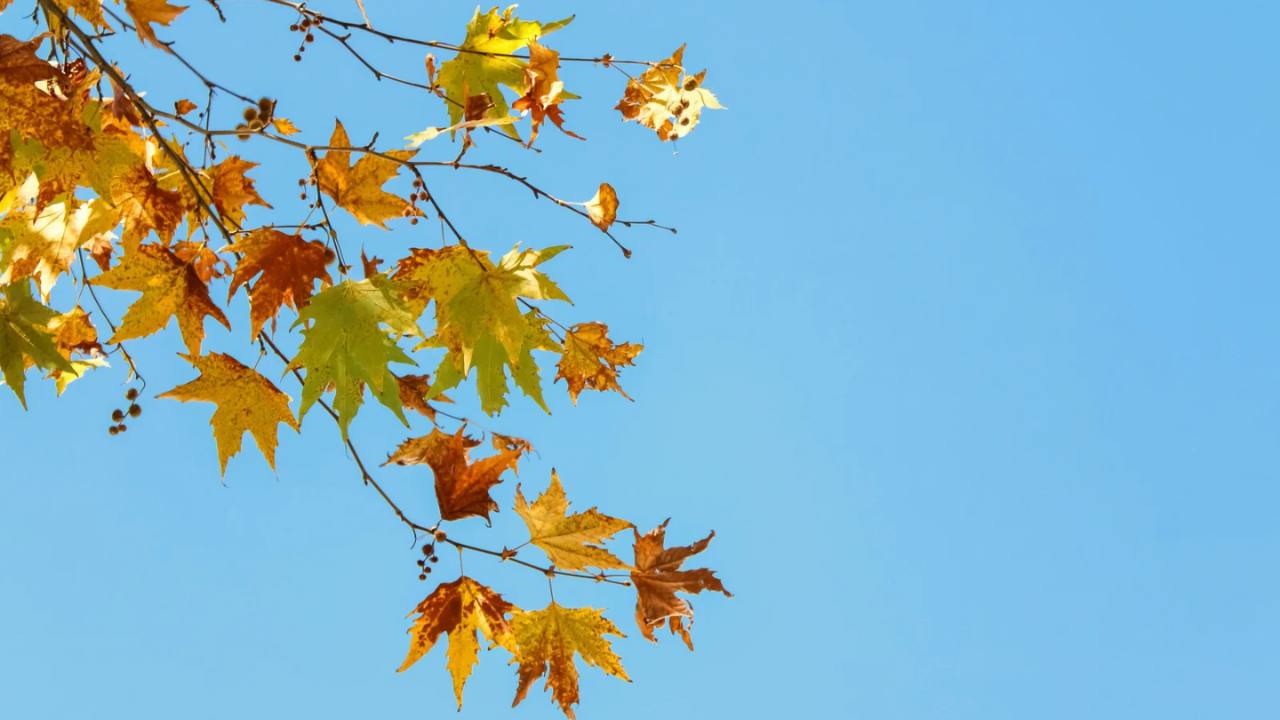陰翳礼讃/Finding Beauty in Shadows
こんにちは、いろはです。
今日は、「陰影を楽しむ」という、日本文化ならではの美意識についてお話ししてみたいと思います。
Hello, this is Iroha.
Today, I’d like to share a uniquely Japanese way of seeing beauty:
the art of appreciating shadow.
光ではなく、影の中に美を見出す感覚
西洋では「光」が正義や希望の象徴として語られることが多いのに対し、
日本では、光と影が共にあってこそ、美が深まると考えられてきました。
Not just the light, but the quiet in-between
In many Western cultures, light is often associated with goodness, clarity, and hope.
But in Japanese culture, beauty often reveals itself in the space between light and shadow.
たとえば、障子越しに差し込むやわらかな光、
床の間に落ちる静かな影、
茶室の奥にひそむ薄暗さの落ち着き。
Think of:
• the soft light filtering through shoji paper,
• the calm darkness in a quiet tatami room,
• the subtle shadow cast by a brush on paper.
そういった「見えすぎない」空間に、
余白や静けさを感じる感性が、日本人の心には根付いています。
These are not just moments of dimness, but moments of reflection —
an invitation to pause, and to feel the quiet.
『陰翳礼讃』に見る日本の美
この感覚を見事に言語化したのが、谷崎潤一郎の随筆『陰翳礼讃』(1933年)です。
彼は、西洋の明るさと、日本の「陰」を愛でる文化の違いを通じて、
日本独自の美しさがどこにあるかを静かに語っています。
「美とは、影の中にそっと浮かび上がるもの」
A quiet celebration of subtlety
This sensibility is beautifully described in In Praise of Shadows,
an essay by the novelist Jun’ichirō Tanizaki.
He contrasts the brilliance of Western lighting with the soft, muted aesthetic of Japan,
and suggests that beauty often lives in what is not fully revealed.
でも、静かな場所で、小さな明かりに照らされながら字を書くとき、
その筆の影に、ふと心が落ち着くことはありませんか?
Even today, when I write by hand in a quiet corner,
sometimes the brush’s shadow on the page brings a moment of peace.
陰影のある書、心の余白
今の時代は、はっきりと明るく、速く、わかりやすいことが好まれるかもしれません。
でも、光と影が共にあるように、
はっきりしすぎないことの中に、味わい深い美しさがあるという感覚も、
大切にしていきたいと思うのです。
The calligraphy of shadow and stillness
In a fast-paced, brightly lit world, clarity and efficiency are praised.
But perhaps there is quiet meaning, too, in what remains vague, soft, or unseen.
次回は、そんな陰影を感じさせるような言葉を、
書の中でどのように表現できるか、少しご紹介してみたいと思います。
– いろは
Next time, I’ll introduce some beautiful words that capture this feeling of shadow —
and how we can express them through mindful handwriting.
Warmly,
Iroha






Responses